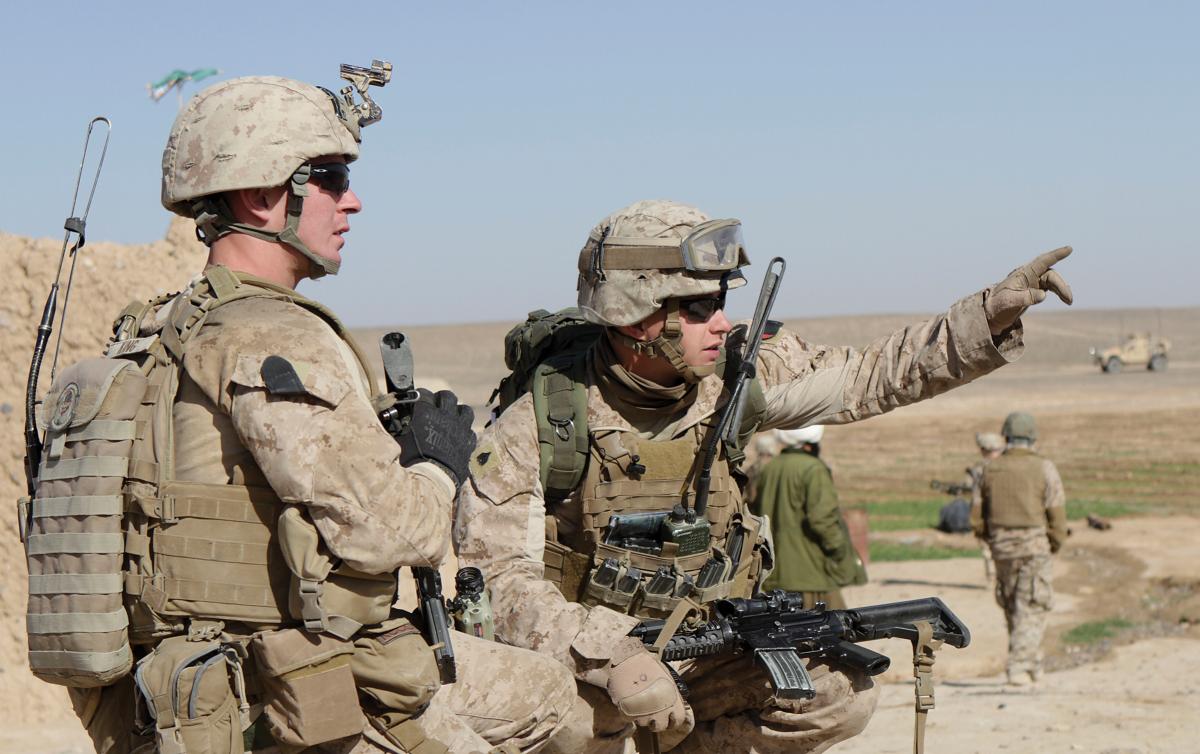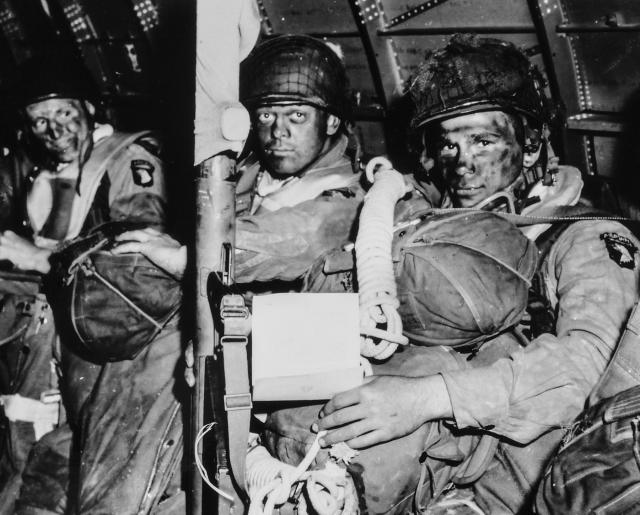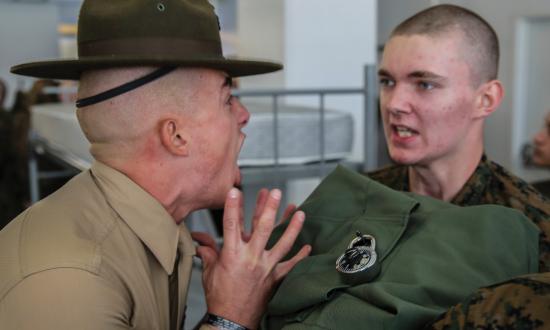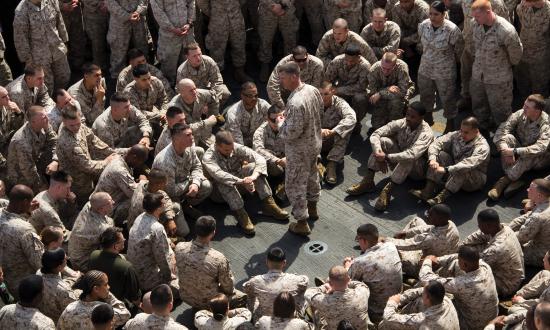Military icons such as Colin Powell, Dwight D. Eisenhower, the Duke of Wellington, Carl Von Clausewitz, and Sun Tzu have all reinforced the military truism, “No plan survives first contact with the enemy.” Although not a military heavyweight, even Mike Tyson got it right when he exclaimed, “Everybody has a plan until they get punched in the mouth.” End-state leadership—which communicates the desired outcome to the subordinates and trusts their creativity and initiative to achieve that success when the plan inevitably becomes obsolete—is critical to victory.
Helmuth Karl Bernhard Graf Von Moltke’s key insights into this issue, in his 1871 essay, Über Strategie (On Strategy), remain instructive. Moltke explained:
The material and moral consequences of every major battle are so far-reaching that they usually bring about a completely altered situation, a new basis for the adoption of new measures. One cannot be at all sure that any operational plan will survive the first encounter with the main body of the enemy. Only a layman could suppose that the development of a campaign represents the strict application of a prior concept that has been worked out in every detail and followed through to the very end.
While a plan can be perfect on paper, battlefield actions inevitably will alter the original course of action. Troops may have landing times memorized, fields of fire perfected, and execution commands developed for every movement, but once an assumption is proven false, an unexpected development occurs, or a mistake is made, the plan becomes partially or completely obsolete. Yet, by understanding the intent and desired end state of the commander before crossing the line of departure, a well-trained, informed, and empowered unit can still accomplish the mission by adapting the strategy to account for changes on the field.
Avoiding the Pitfalls of Micromanagement
The antagonist of end state–driven leadership is micromanagement. Leaders dictate specific actions, processes, and protocols at their own peril. While control generates security and informed decision-making, it limits diverse thought and creativity. When leaders control the minute details of their subordinates’ work, they stifle the creativity of their team. The activities of the unit become singular in view, without dissent or contradiction. This lack of perspective breeds “groupthink” and eliminates the chance for other, possibly more effective, ideas to flourish. Moreover, if the unit becomes accustomed to doing “what the boss wants,” then that is all they will do and no more. No one will step outside the box or go the extra mile; they will only do as they are told, and innovation will wither.
When junior officers become micromanagers and issue edicts instead of expectations and demands instead of objectives, they limit their own ability to accomplish the mission. The only option they have allowed for is the one they have created/directed. Indeed, this often catastrophic mistake is easy for junior officers to fall victim to. Believing that they must prove themselves to their peers and reporting seniors, junior officers will often assert control and influence over matters that either do not concern them or are better left to enlisted leadership.
By getting involved in these matters, officers send a subtle message to their team that they believe that they (and only they) have the correct solutions. Ignoring the reality that many enlisted personnel have been in the naval service two to three times longer, and that they are not the first young, eager naval warfighters the unit has had to break in, junior officers commonly step into a minefield of self-ignorance: “In my experience,” “at my undergrad,” “when we were at the schoolhouse.” In doing so, they inadvertently breed mistrust and create friction within their unit: “The lieutenant doesn’t trust us,” “the lieutenant thinks he knows it all.”
The employment of end-state leadership accounts for a leader’s need to control the direction of his or her team while allowing for individual ingenuity. Instead of dictating terms and specifics, the junior officer simply articulates expectations, establishes benchmarks, and provides general guidance. Then it is left to the enlisted and small-unit leaders to develop and determine the specifics. Many young officers would loathe a commander or captain to force an antiquated procedure or school of thought, so they also must be cognizant of their actions as they relate to empowering their own units.
End-state approaches focus on the synchronization of the team and the clear understanding of the overall purpose. An important lesson for junior officers is that the art of articulating the end state of a plan—whether in peace or war—can ensure subordinates feel empowered, trained, and confident to modify the plan to meet that end state. George Ambler, in his 4 May 2019 Growingleadership.today article, “Commanders Intent as a Style of Leadership,” reinforces that when employing an end state–driven style of leadership, the focus is on communicating purpose and outcomes, instead of relying on detailed plans and tight command.
The small victories that come from successfully completing minor tasks facilitates a mutual trust. Subordinates feel empowered to use their best judgment when it comes to decisions that may be situationally dependent, and the officer is confident that those choices will be sound and reliable. By successfully employing this leadership style in day-to-day activities, when developing operational orders and plans, junior officers will have greater confidence—regardless of changes to the specifics that the team will succeed in the final objective.
Training to Win
Training expands the knowledge and basic skills of each member of a junior officer’s team. “Train up a child in the way he should go, and when he is old he will not depart from it” (Proverbs 22:6) is an instructive biblical verse for any young naval leader. By replacing the word “child” with “sailor” or “Marine,” and swapping out “old” for “accomplishing the mission,” the tenet is no less accurate. Effective training and development provide both the naval service and the warfighter with benefits. The warfighter’s confidence is strengthened with the improvement of his or her individual skills, and the service’s capacity to prevail in military engagements is increased by more proficient personnel. Subsequently, when an operational plan has to be modified, well-trained naval personnel are equipped with the confidence and training to make decisions on the fly and adapt to the environment.
Part of effectively training and preparing subordinates is ensuring teams understand their operating environment—how their improvised decisions may affect the civilian and physical environment as well as the overall mission. The most effective way to ensure understanding is to create an atmosphere in which operational plan development is a cooperative process. While end-state leadership focuses on outcomes, even a well-articulated commander’s intent does not alleviate the need for a well-developed plan. Regardless of the final adaptation, the process that was used to develop the plan has value; it informs the subordinate’s potential impromptu decisions.
History provides several examples of how end-state leadership has enabled success in wartime. One example is the parachute insertion into France during World War II. Allied forces had planned and rehearsed the sea and airborne invasion of France on D-Day for several months. Nikola Budanovic, in his War History Online article, “Behind Enemy Lines: The 82nd and 101st Airborne on D-Day,” points out that initial plans of glider and parachute landings were designed to secure bridges, road junctions, and other key terrain that would enable ground forces to advance rapidly inland. During execution, bad weather, fog, lack of navigators, and self-imposed radio silence resulted in forces being dropped into unmarked or incorrect landing zones—personnel from different units were mixed together and the initial coordination was rendered null and void.
Nevertheless, a conglomerate force hastily organized on the ground accomplished the original military objectives. Personnel at all levels understood that regardless of where their entry or landing was made, their mission was to seize the bridges and key terrain. While the detailed plan was no longer relevant, the commander’s intent was fully understood. Combined with discipline and training, it ensured the mission was ultimately a success.
For junior officers, two lessons can be gleaned from this World War II example: (1) train and empower your subordinates, and (2) trust that your subordinates will get it done. While communicating the purpose and end result is vital to any plan, without proper training and development, a unit is critically handicapped. Indeed, a lack of micromanagement should not be confused with a lack of training and development.
Molding End-State Officers
End-state leadership enables subordinates to rapidly respond and exploit emerging opportunities that support the desired end state of the commander. Junior officers should emulate and apply this style of leadership to all aspects of officership throughout their careers.
The desired end-state is the single unifying focus for all subordinate and supporting elements; to focus the unit(s) on what has to be accomplished to achieve success, even (especially) when the detailed plan and concept of operations no longer apply, and to discipline efforts toward that end. Similarly, the junior officers’ superiors are expected to use this approach when mentoring, supervising, and leading them. While providing guidance, best practices, and cautionary advice, it is important for seasoned leaders to allow junior officers the space to refine their style and develop their own tactics of leadership.
Just as a “fire-and-forget” missile does not require further guidance after launch, fire-and-forget leaders are end-state leaders who eschew micromanagement in favor of cultivating teams that understand expectations and desired outcomes. They execute their duties without asking, “Ma’am, what do you want me to do next?” With proper training, development, empowerment, and consistent reinforcement, a unit can meet the end state despite the uncertainty of outside factors. End-state leadership—from the junior-officer to general-officer level—is key to operational success in peacetime and victory in war.







